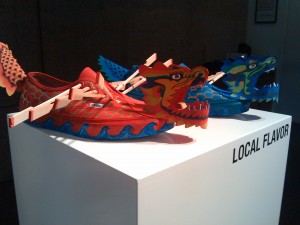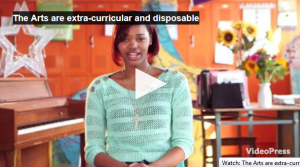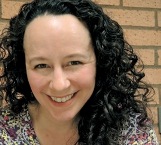
Masha Raj
September is the beginning of a new academic year for students, parents, and teachers - and also when we announce our new season of arts education initiatives and competitions!
This fall we are partnering again with KRIS Wine for the fourth annual Art of Education program. KRIS, a brand of Winebow, Inc., will award 16 schools in the United States a total of $25,000 in grants to improve academic achievement through quality arts education. As more than half of the states continue to cut arts education budgets, every extra dollar towards arts education from our corporate partners like KRIS Wine helps.
Last fall, consumers and arts advocates also selected 16 schools during KRIS Wine’s Art of Education contest. $25,000 was traditionally disseminated to winning schools in various states, ranging from California to New York and all over the country. KRIS Wine’s investment has made all the difference for the following top winners:
Brunswick Acres; Brunswick, NJ
Brunswick Acres was the top awarded school in the KRIS wine Art of Education program. The Art of Education experience has helped to bring the entire school together while they competed for the winning prize, inspiring a sense of community that endured throughout the school year. “I am blessed to be able to work with amazing students, parents, and colleagues who were so dedicated to helping us win this grant,” said art teacher Suzanne Tiedemann. “This donation from KRIS Wine will go a long way in helping supplement our significantly cut art budget for years to come.”
With the $5,000 award, the school purchased four brand new iPads for the arts program, which students now utilize to experiment with art in digital space. The iPads help Brunswick Acres to meet and successfully exceed their 21st century learning requirements from their district. Additionally the school purchased a color printer for the school community to use as well as supplementary art supplies that otherwise could not have been afforded.
Read More


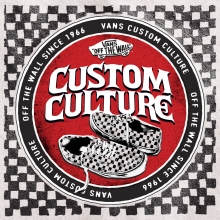



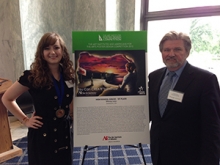




 Meredith Frazier Britt
Meredith Frazier Britt



